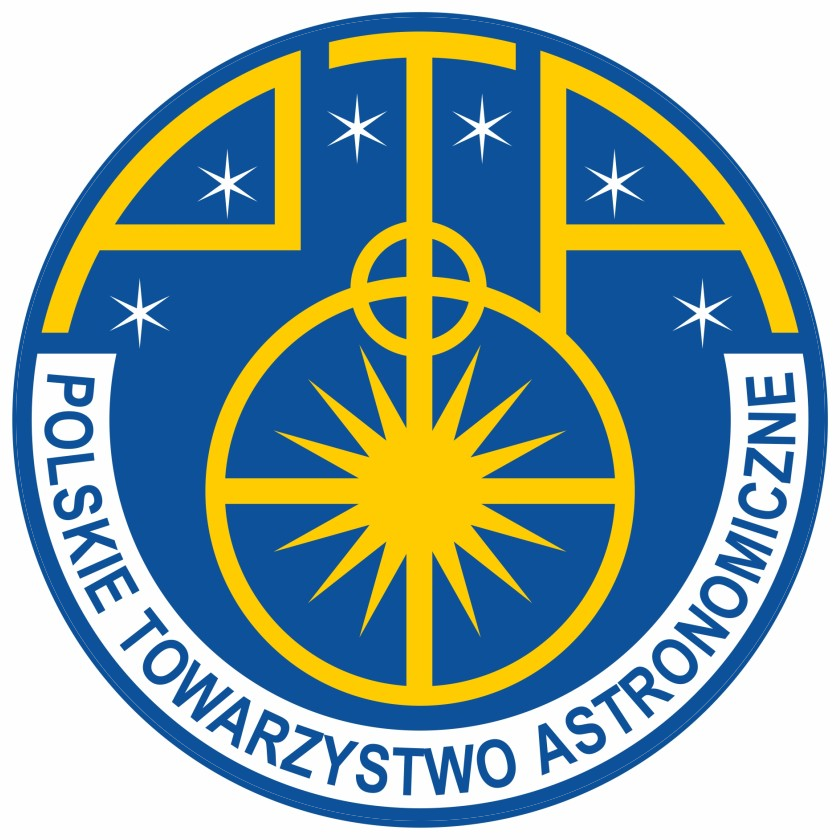Magdalena Polińska
Institute Astronomical Observatory, Adam Mickiewicz University
Session X: Poster session
Thursday 14th September 2023 12:00 – 13:00
abstract:
Since the binary nature of the asteroid 243 Ida was discovered in 1993 by observing its satellite Dactyl, the number of discoveries of binary asteroids in the Solar System has been steadily increasing. Currently, we know of different types of binary asteroids and even multiple systems. Double objects appear both in the main belt of asteroids as well as in other regions of the Solar System. Among the various types of binary asteroids, there are interesting and unique objects that we call synchronously binary asteroids; only a dozen have been discovered so far. These are systems with two bodies of similar size, whose rotation corresponds to the orbital period. From the photometric observations of synchronous binary asteroids, we obtain a characteristic U-V shape lightcurve, resembling those of binary stars. The U-V shape of the lightcurve is due to the rotation of nonspherical bodies and by their mutual eclipses.
Photometric observations from several apparitions evenly distributed along the ecliptic longitude allows to determine the parameters of such systems, for example a non-convex shape solution and the object’s spin-axis orientation (Bartczak et al., 2014, Bartczak et al., 2017, Kryszczyńska et al., 2008).
As photometric observations are still the main source of knowledge about the physical properties of synchronous binary asteroids, we would like to present the latest photometric observations and models, obtained for a few selected systems.
